Revolutionizing Engineering Workflows with AI: A Personal Journey
Embracing AI in Engineering: A Personal Revolution
The Onset of AI in Modern Engineering
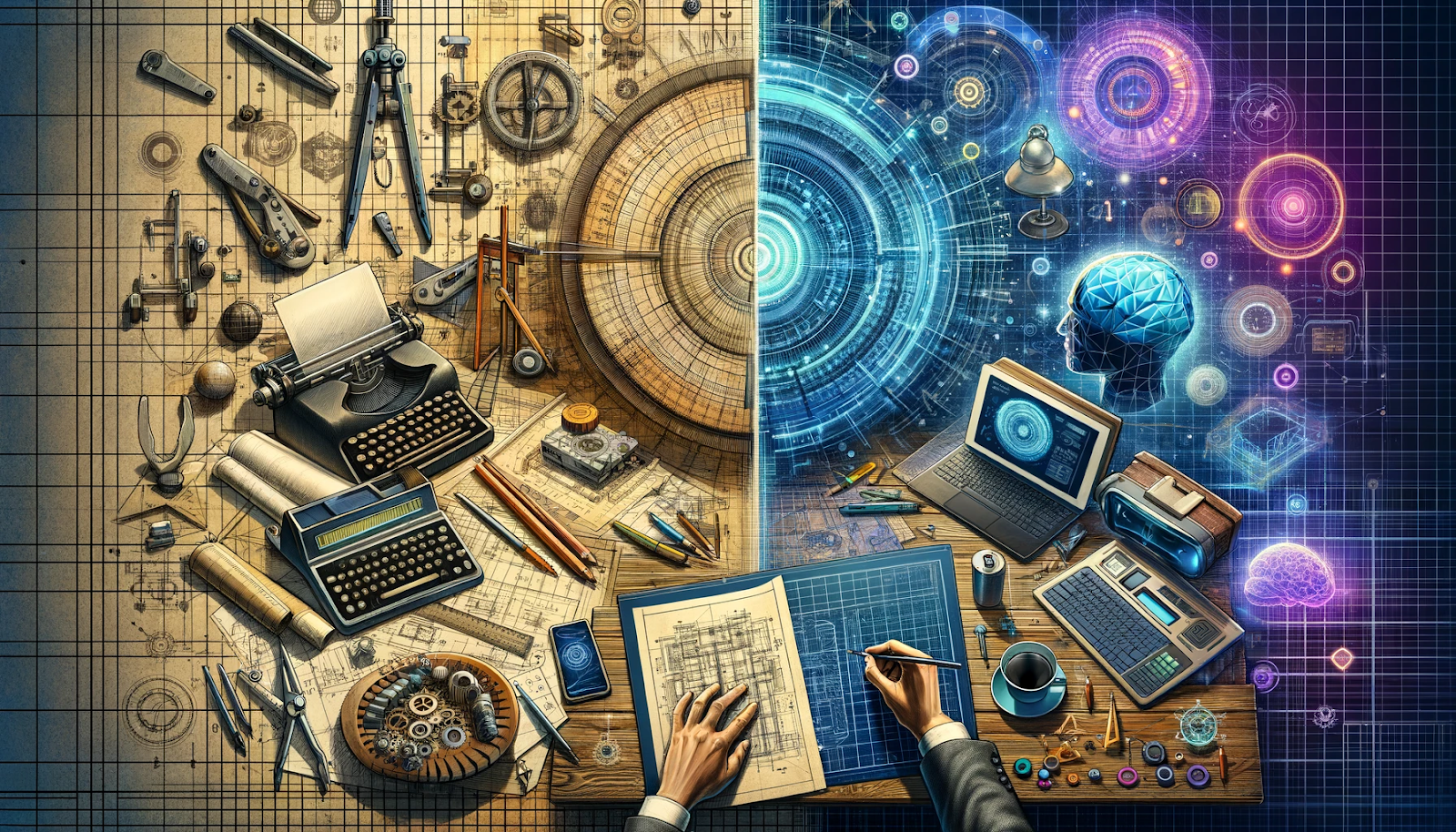
We’re in this transitional phase where AI’s usefulness is vastly underutilized because it’s so new, our minds have not shifted completely to this new paradigm. The last time this happened was at the dawn of the search engine. People literally had access to all the info in the world, instantly, and for free - but it still to many years before it was so ingrained in our culture that we can’t remember when a question as trivial as “who was that tall weird guy in that scene” was virtually impossible to answer without tons of asking around, hoping one of your friends knew.
Charting New Paths: My Experiments with AI
From Skepticism to Innovation
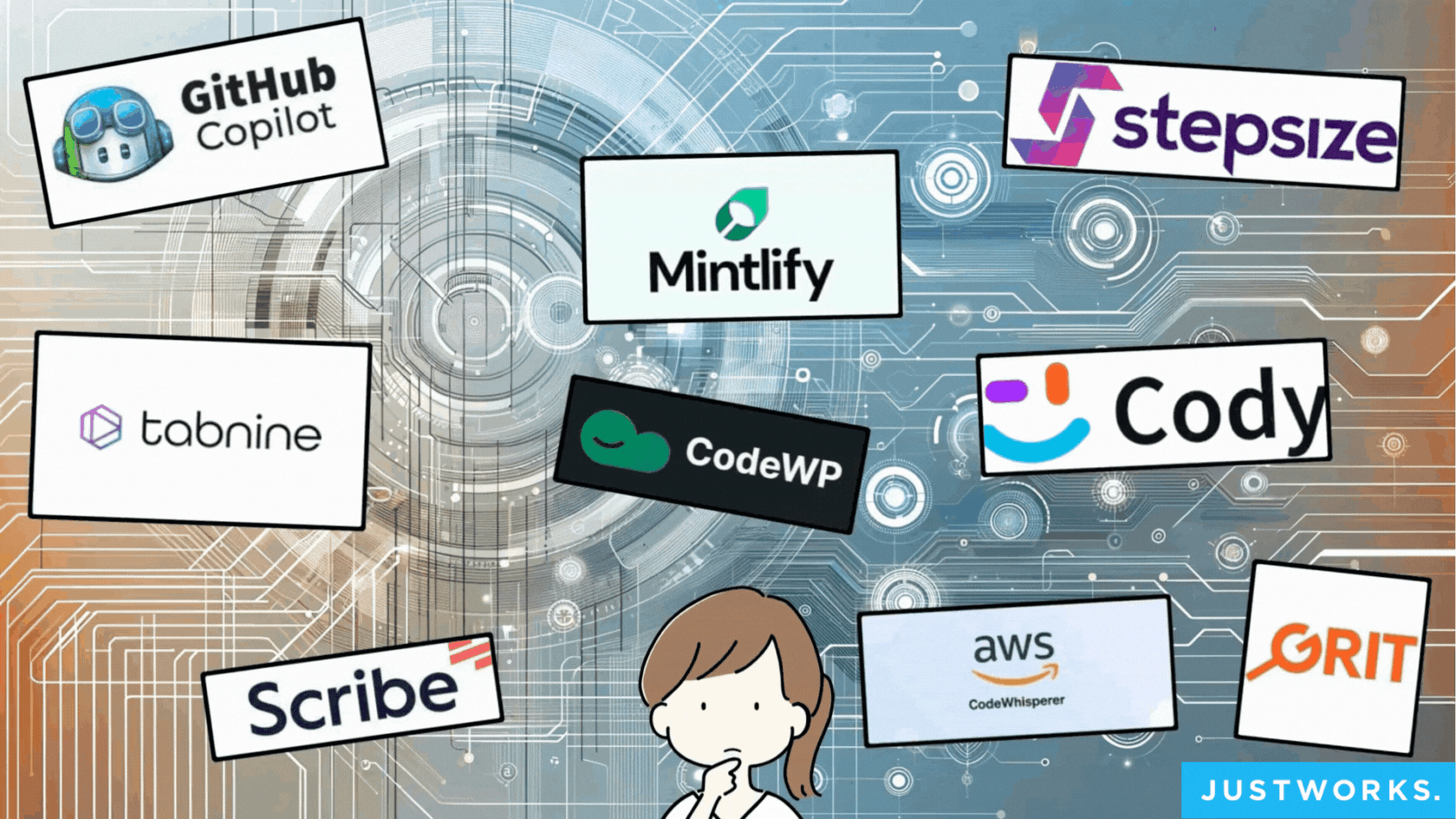
I have a ton of fun experimenting with new workflows and tools trying to find innovative ways to use AI that I just haven’t thought of before. Something that seems obvious to me now, may seem revolutionary to others just because there’s no limits to this new technology. Here’s one of the many game changers that I stumbled upon that I use almost daily and boosts my productivity perhaps 10-fold.
AI-Powered System Design: A Game Changer
Elevating Design Efficiency and Creativity
In my role, the focus has shifted from coding to designing complex systems. This involves detailed planning of various components, schemas, APIs, and their interconnections. Traditionally, the challenge was to transform these concepts into formal documents that developers could easily interpret and implement. I’ve adopted an efficient new workflow. Instead of relying on specific diagramming languages like PlantUML, or manually sketching with a tool like Miro, I’ve started to write down my ideas in plain English. This approach allows me to effortlessly transfer my thoughts onto paper.
NotebookLM: Revolutionizing Documentation
Streamlining the Engineering Documentation Process
After recording these ideas in a Google Doc, I use the newly released NotebookLM by Google. In a project-specific Notebook, I add my written notes as a source, along with other relevant materials like Confluence documents, requirement specifications, and milestone sheets.
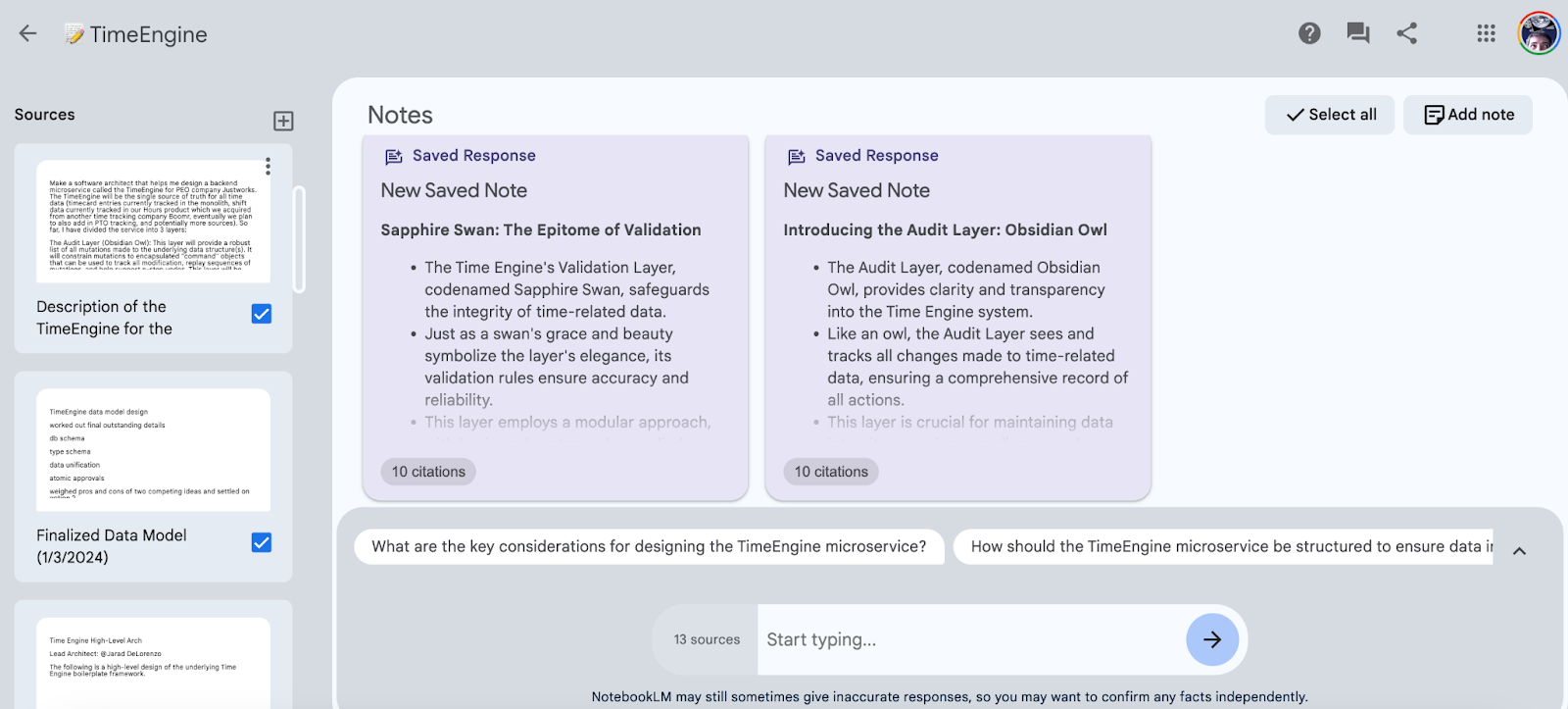
ChatGPT: Unleashing Creative Engineering Solutions
Transforming Ideas into Dynamic Diagrams
Then, I engage ChatGPT to interact with this data. For instance, I can request ChatGPT to generate a UML container view of all my components using Mermaid, and then convert this Mermaid markup into PlantUML format, which we use in our Confluence documentation.
Conversation with ChatGPT:
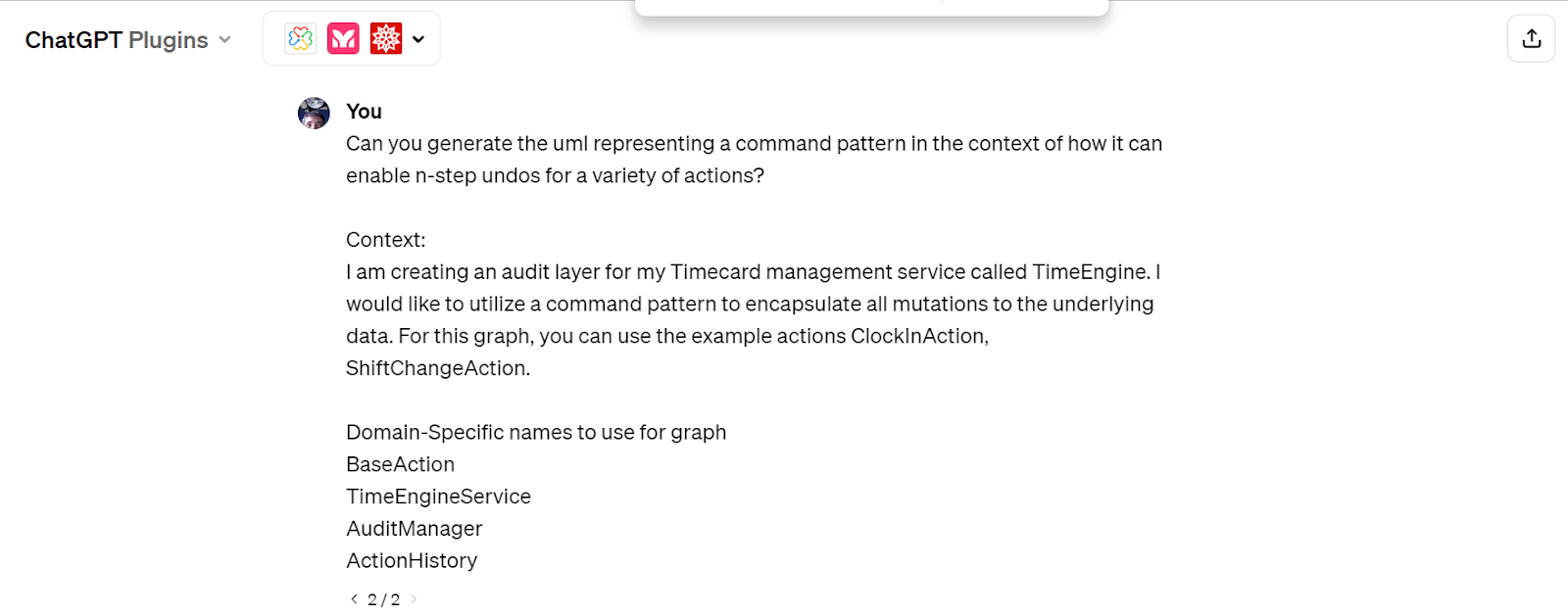
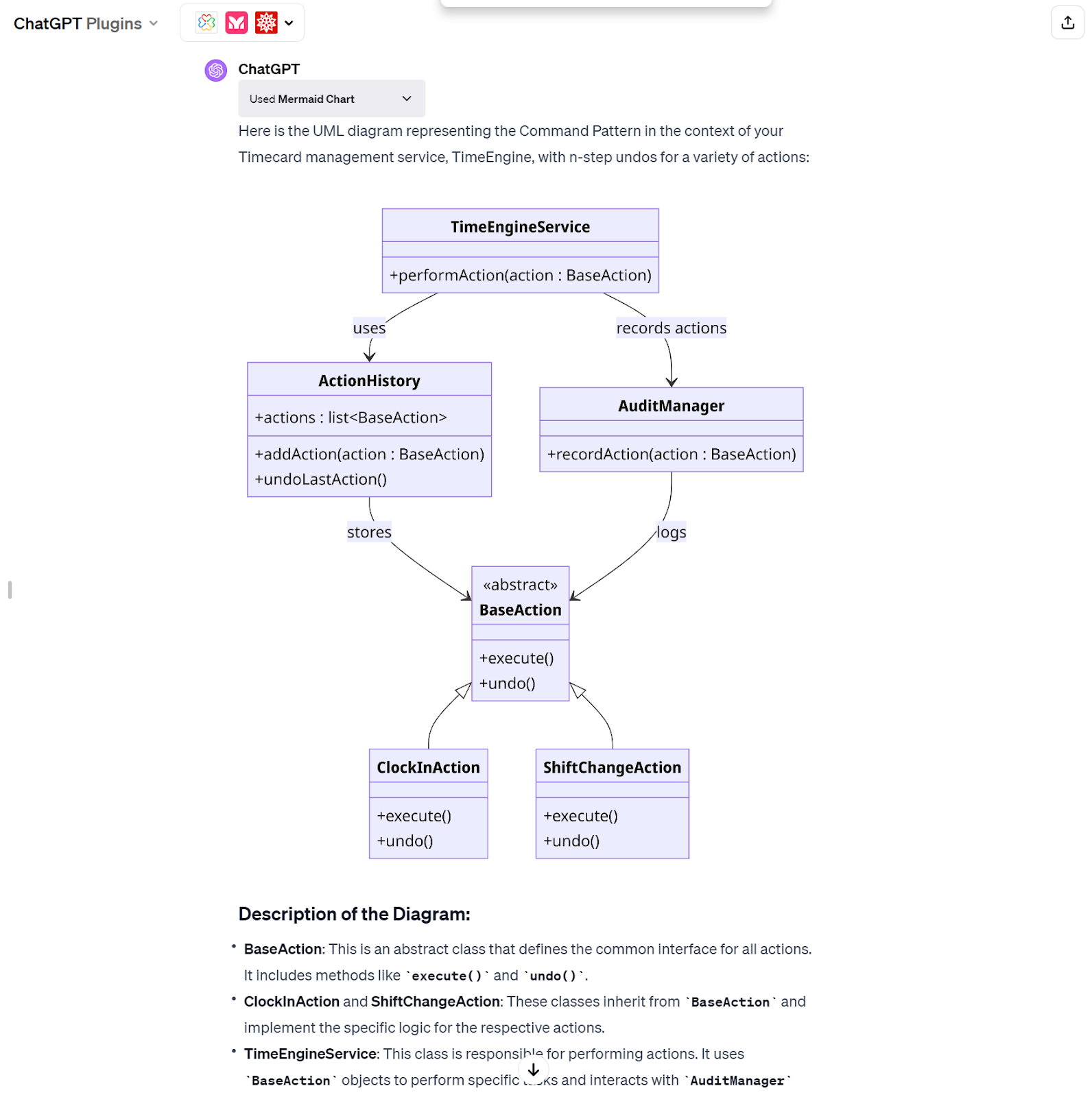
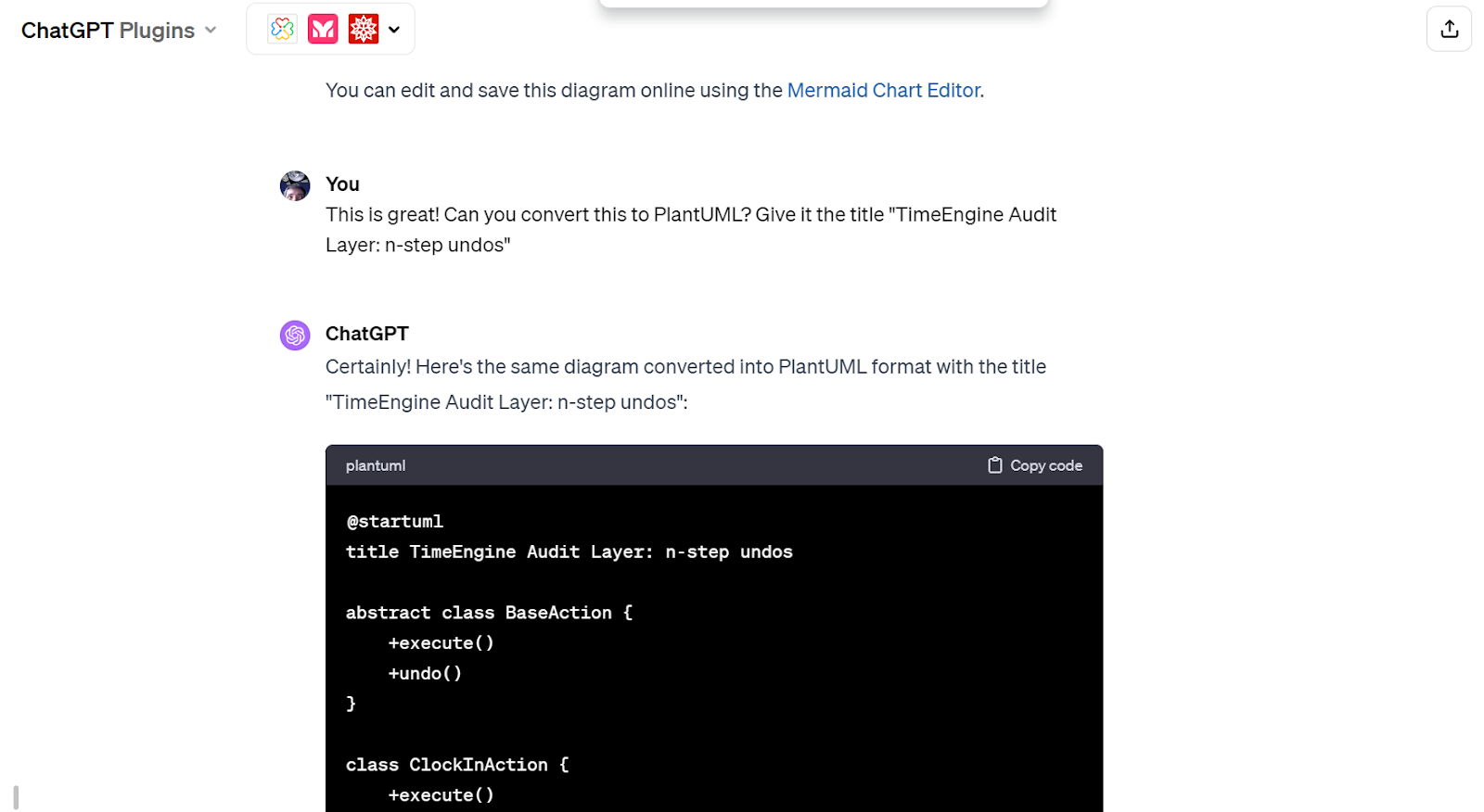


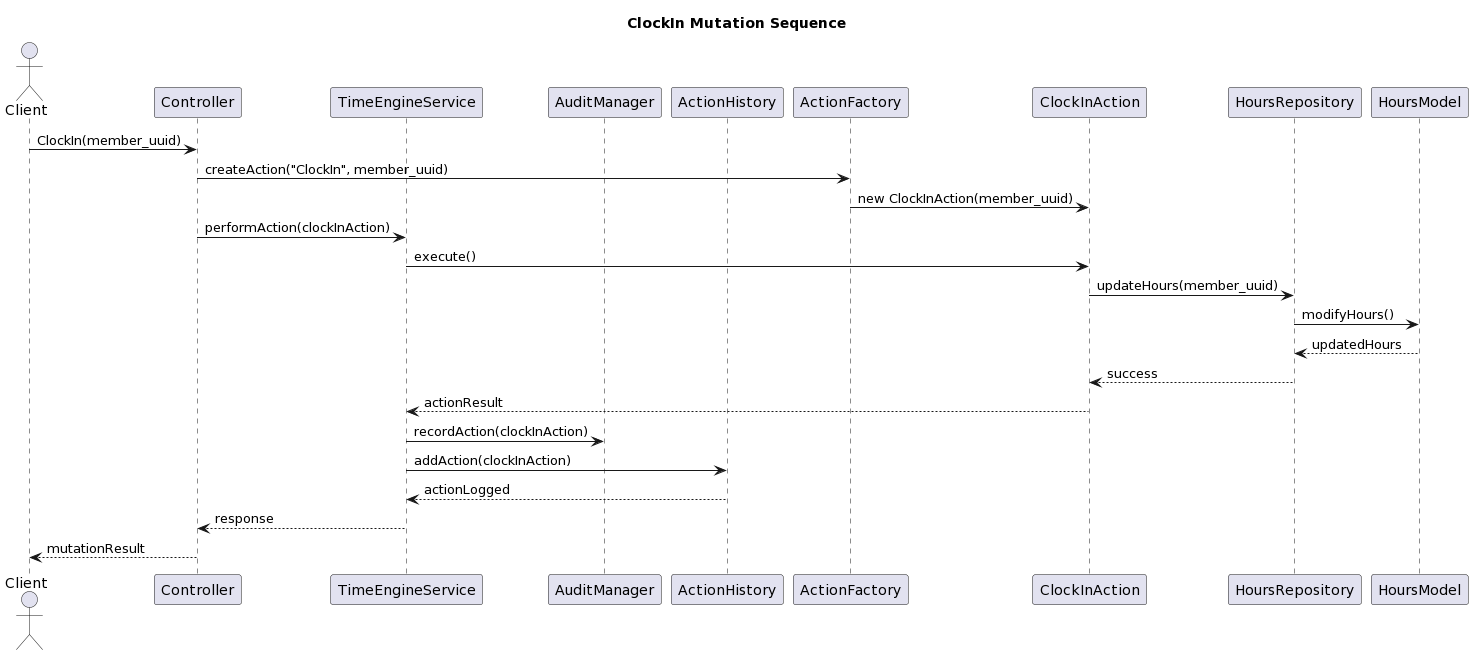
This method allows me to quickly obtain a variety of UML diagrams. I can delve into specific components or create sequence diagrams for hypothetical scenarios. This iterative process is both effortless and enjoyable, encouraging me to refine and add more details as needed for accuracy. It’s a fun and highly productive way to use ChatGPT, and it keeps me excited about discovering even more applications in the future.
A Closing Thought
As we stand on the brink of a new era in engineering, the integration of AI into our workflows is not just a matter of efficiency, but a profound evolution of the creative process itself. The journey from skepticism to adoption underscores a broader narrative of human ingenuity, where technology becomes an extension of our intellect and vision. In embracing AI, we’re not just revolutionizing engineering; we’re redefining the boundaries of what’s possible, urging us to ponder the limitless potential when human creativity synergizes with our AI tools.